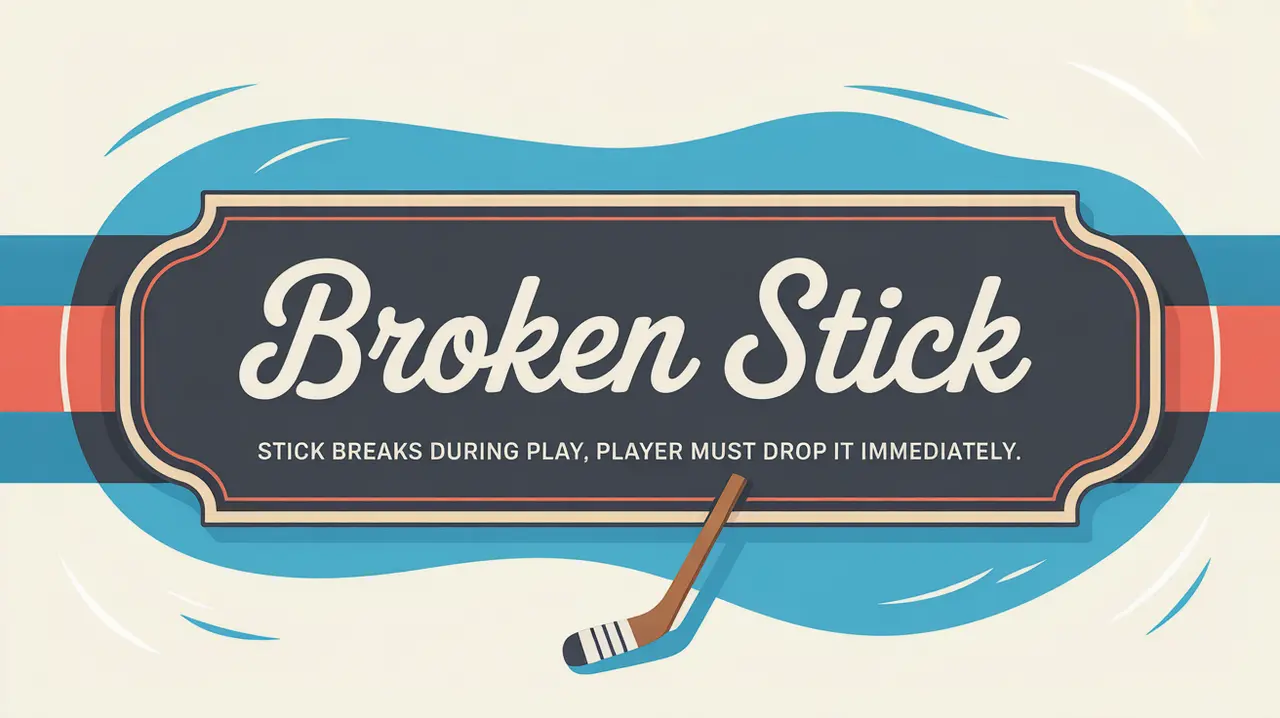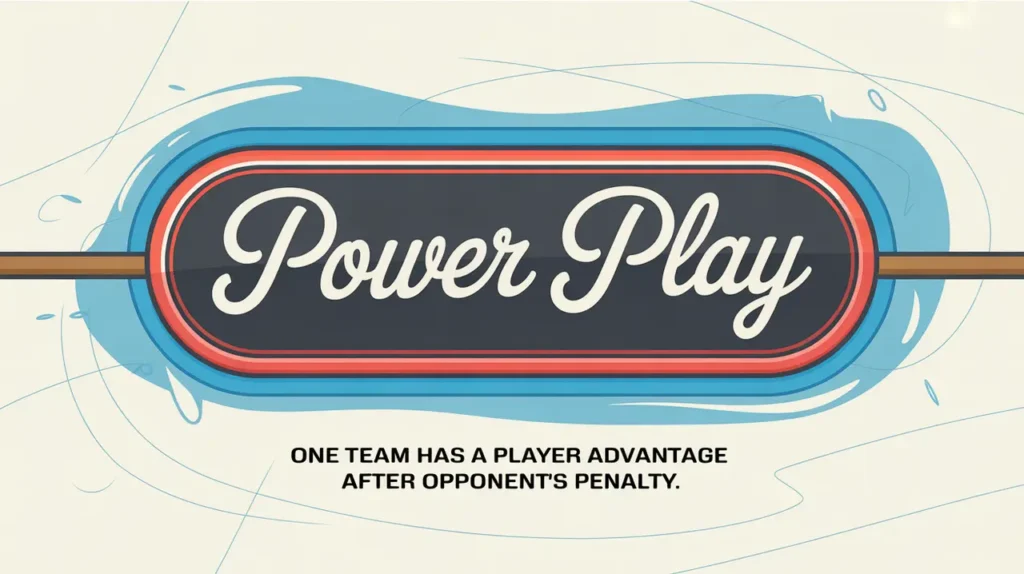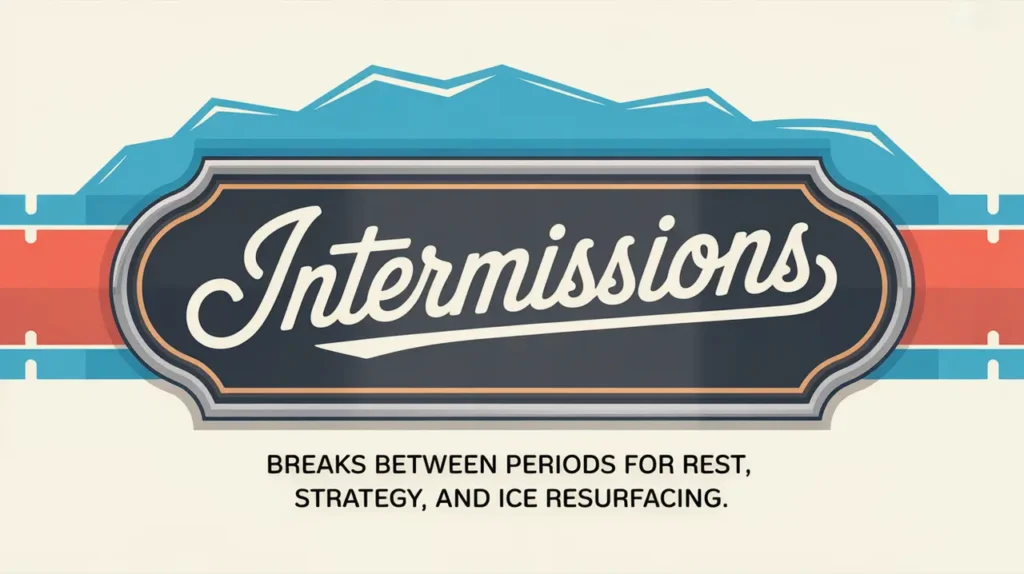Jim’s Intro to the Broken Stick
Hi folks, Jim here, the only commentator who once thought a broken stick was a dad joke routine that never landed. Then I discovered that “stick” and “schtick” are two very different words.
What is a broken stick?
A broken stick is exactly what it sounds like: a stick that has snapped, cracked, or become otherwise unusable during play. When this happens, players must immediately drop the broken stick and continue without it until they retrieve a new one or get a replacement from the bench or a teammate. Continuing to play with a broken stick is a penalty, because broken sticks are unpredictable and dangerous, both to the player and everyone else on the ice. This rule ensures safety while keeping the flow of the game intact.
How does it work?
Broken stick situations follow a clear set of expectations:
- Stick Breaks During Play: Usually from a hard shot, blocked shot, slash, or stick battle.
- Player Must Drop It Immediately: Holding or using a broken stick is a two-minute minor penalty for playing with illegal equipment.
- Player Plays Without a Stick:
- The player can keep skating, blocking, or positioning defensively, but they can’t pass, shoot, or check with the broken shaft.
- Forwards often hustle to the bench for a new stick.
- Defensemen sometimes stay in the play without one, using body positioning to buy time.
- Replacement Stick:
- A teammate or trainer can hand or toss (not throw across the ice) a replacement stick.
- Goalies can receive sticks from players or the bench, but there are special restrictions on how.
- Play Continues: The game doesn’t stop for broken sticks unless a penalty or whistle occurs naturally.
Common Situations Leading to Broken Sticks
- Slap Shots: The most common culprit. A stick can snap on contact with the puck or ice.
- Shot Blocking: Defenders breaking sticks when taking pucks off the shaft.
- Stick Battles: Heavy slashes or defensive stick lifts sometimes crack shafts mid-play.
- Faceoffs: A forceful draw can occasionally snap the stick at the blade or shaft.
How do you make good decisions with it?
Good decisions around broken sticks rely on awareness, quick reactions, and smart positioning.
- Drop It Fast: Don’t think twice. The longer you hold a broken stick, the higher the chance of a penalty.
- Know When to Go for a New Stick: Forwards usually bolt to the bench if the puck is heading up ice. Defensemen often stay in their lane to block shots or clog passing lanes.
- Communicate: Teammates should signal or hand over sticks quickly, especially on penalty kills.
- Goalie Situations: If a defenseman breaks their stick, handing the goalie a new one can sometimes be smarter than trying to replace your own.
How do you master it?
Mastering broken stick situations is about team awareness and composure under pressure. Well-drilled teams practice how to handle broken sticks on penalty kills, with defenders staying in structure and teammates covering for the stickless player. Players also learn how to shield lanes and keep the puck to the perimeter until they can swap sticks safely.
What does it look like when done right?
A clean broken stick response is almost seamless. The player drops the broken stick immediately, repositions smartly, and either gets a quick replacement or relies on good defensive positioning. The rest of the team adjusts, covers lanes, and avoids panicking. The play flows without giving up an easy scoring chance or taking an avoidable penalty.
Commentator’s Corner
Jim’s Take
I’ve seen penalty kills survive entire shifts with a broken stick because everyone stayed calm and smart. I’ve also seen teams implode because someone tried to be a hero with a snapped twig.
Parent Tip
Teach young players to drop the broken stick right away. It’s safer for everyone and keeps them from developing bad habits.
Player Tip
Have a plan for what to do when your stick breaks. Know whether to stay in position or make a quick change. Quick thinking keeps the play alive and avoids unnecessary penalties.
A Final Thought
Broken sticks happen fast, but smart reactions keep the game under control. Drop it, adapt, and trust your teammates. A well-handled broken stick is the difference between a dangerous scramble and a disciplined defensive stand.









